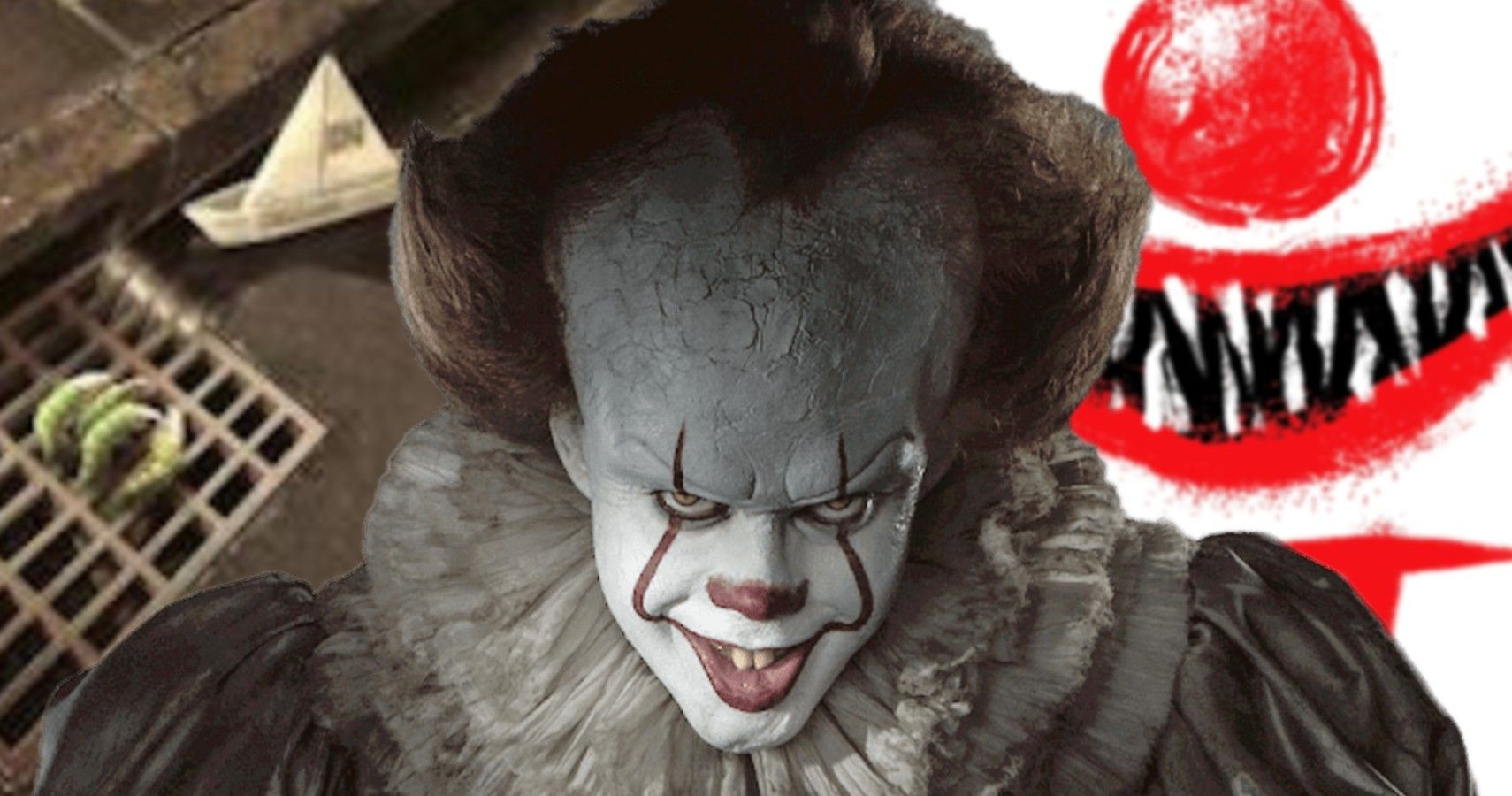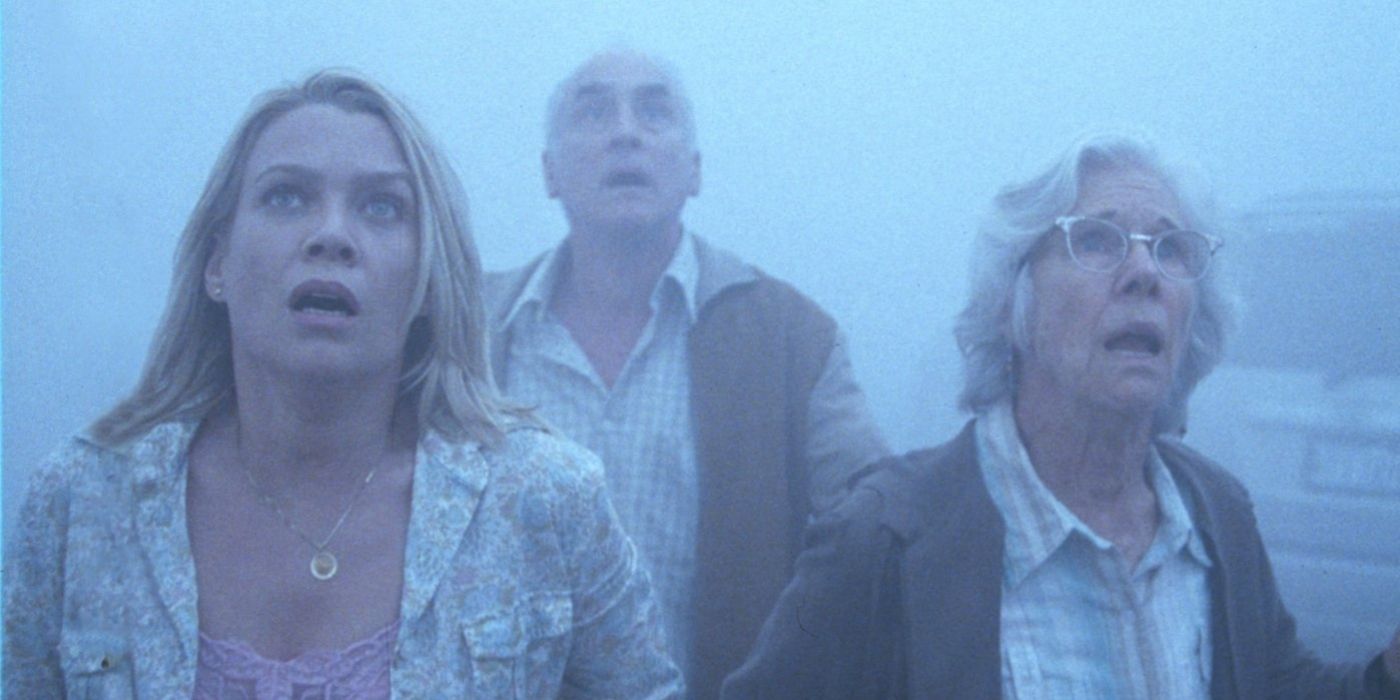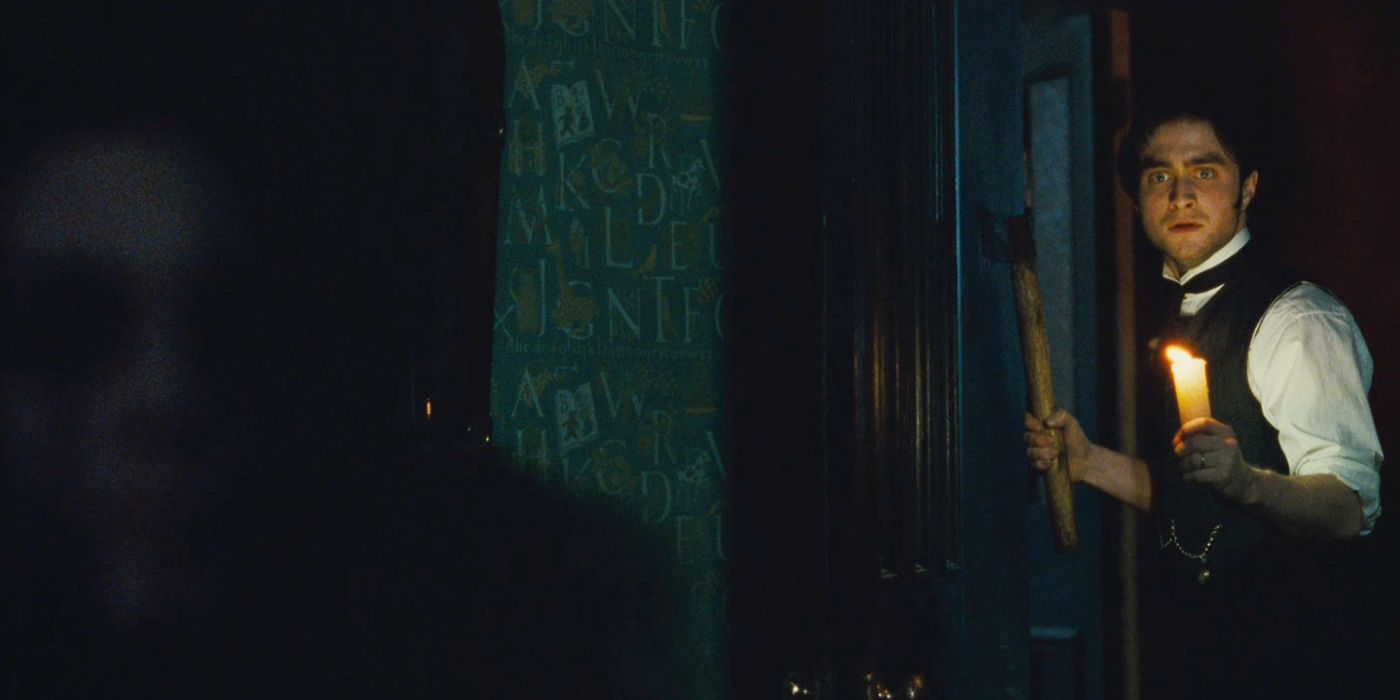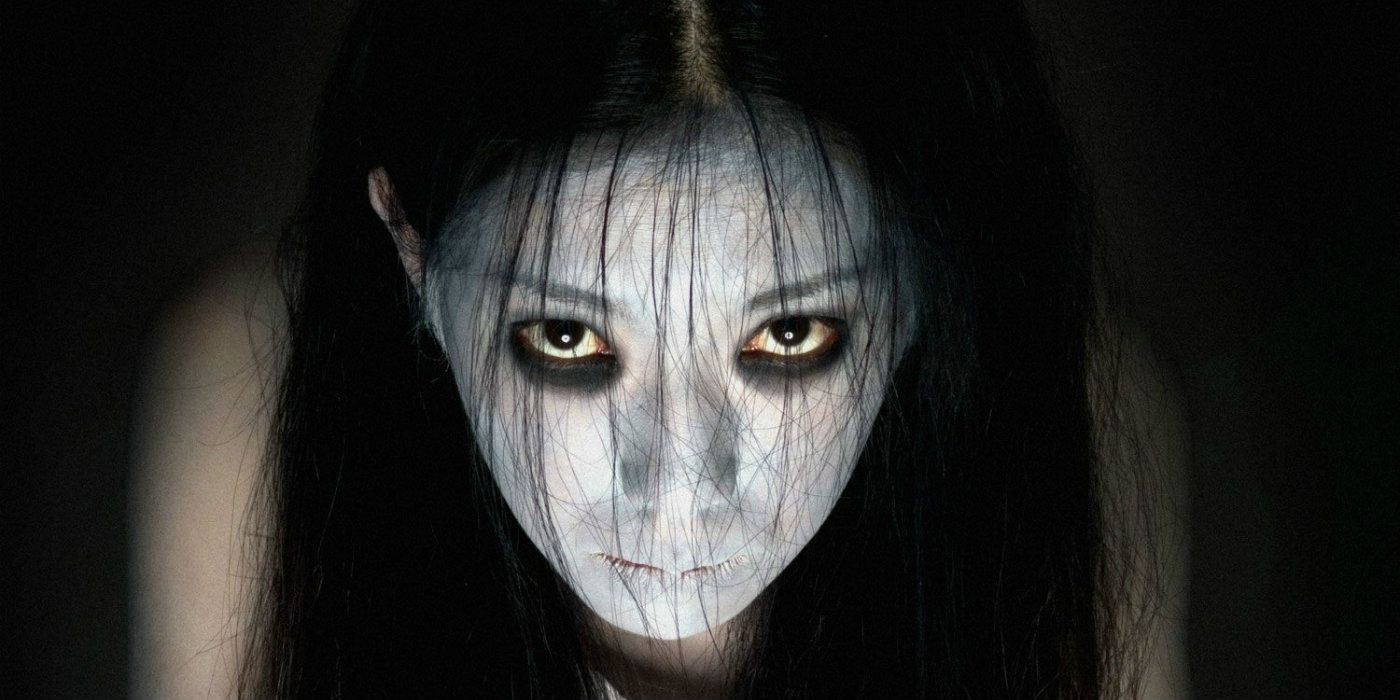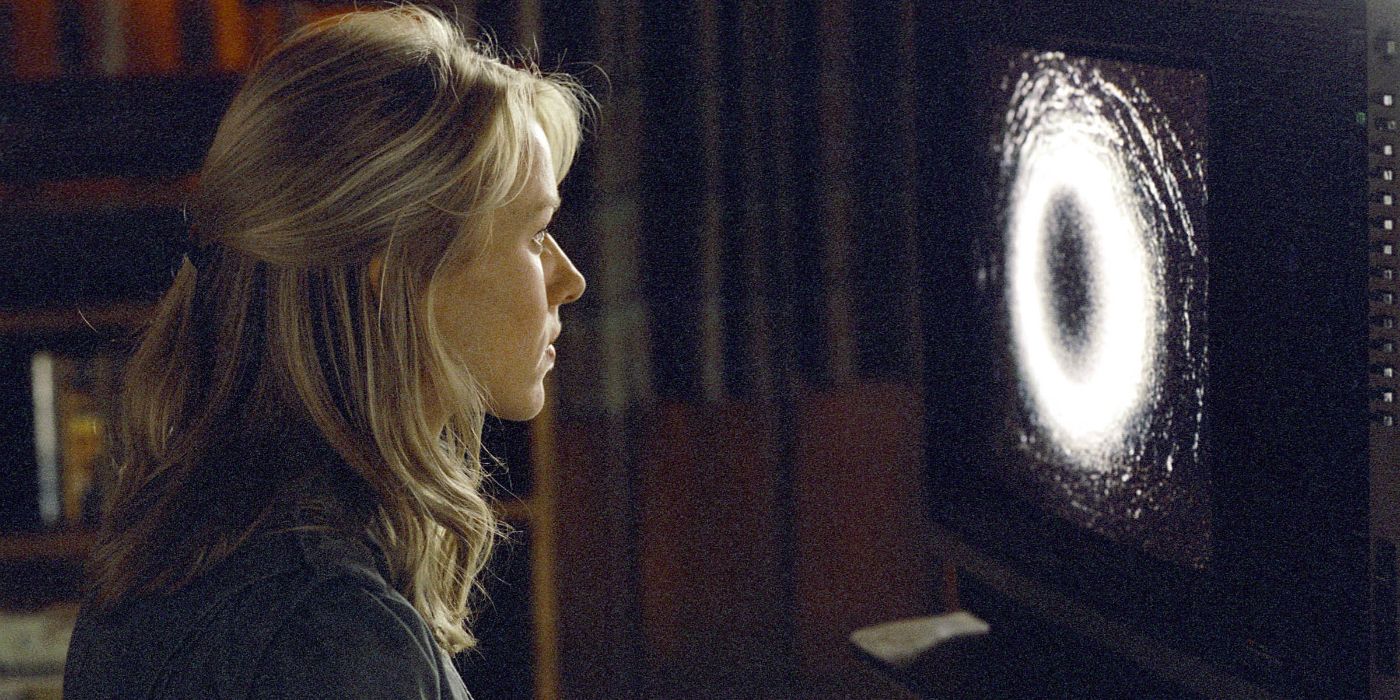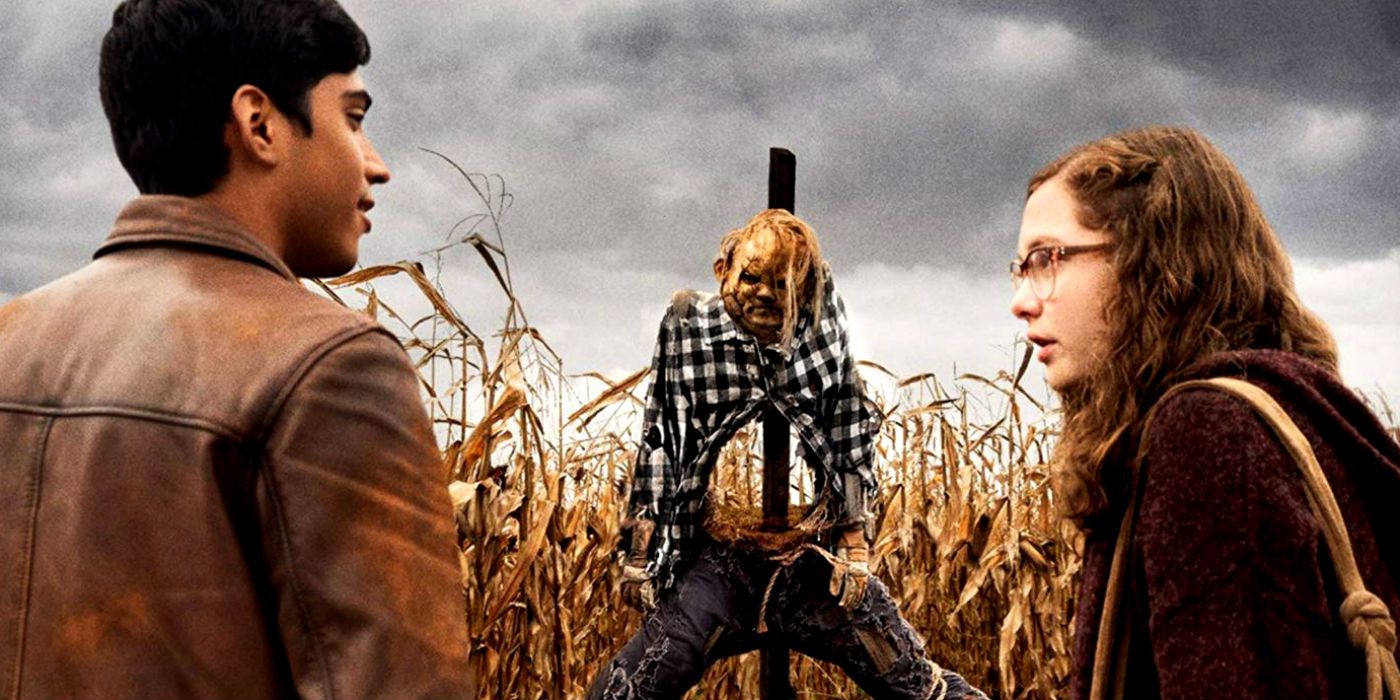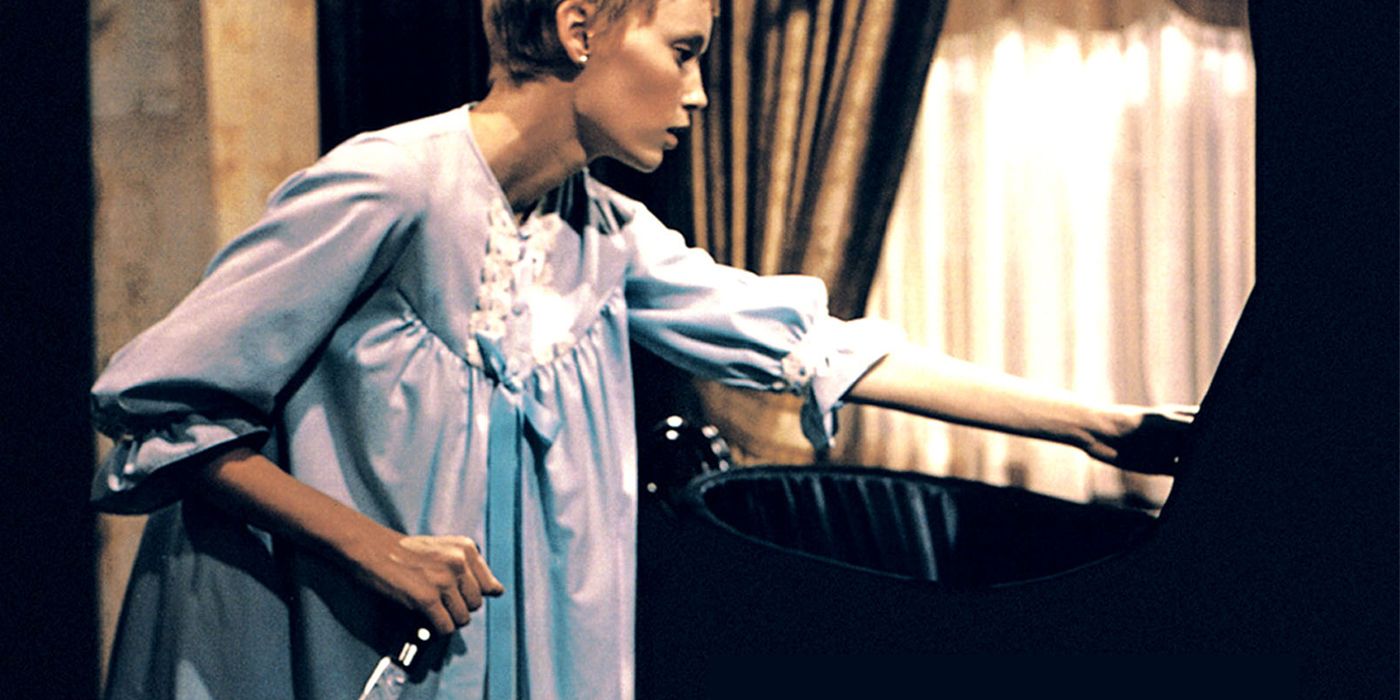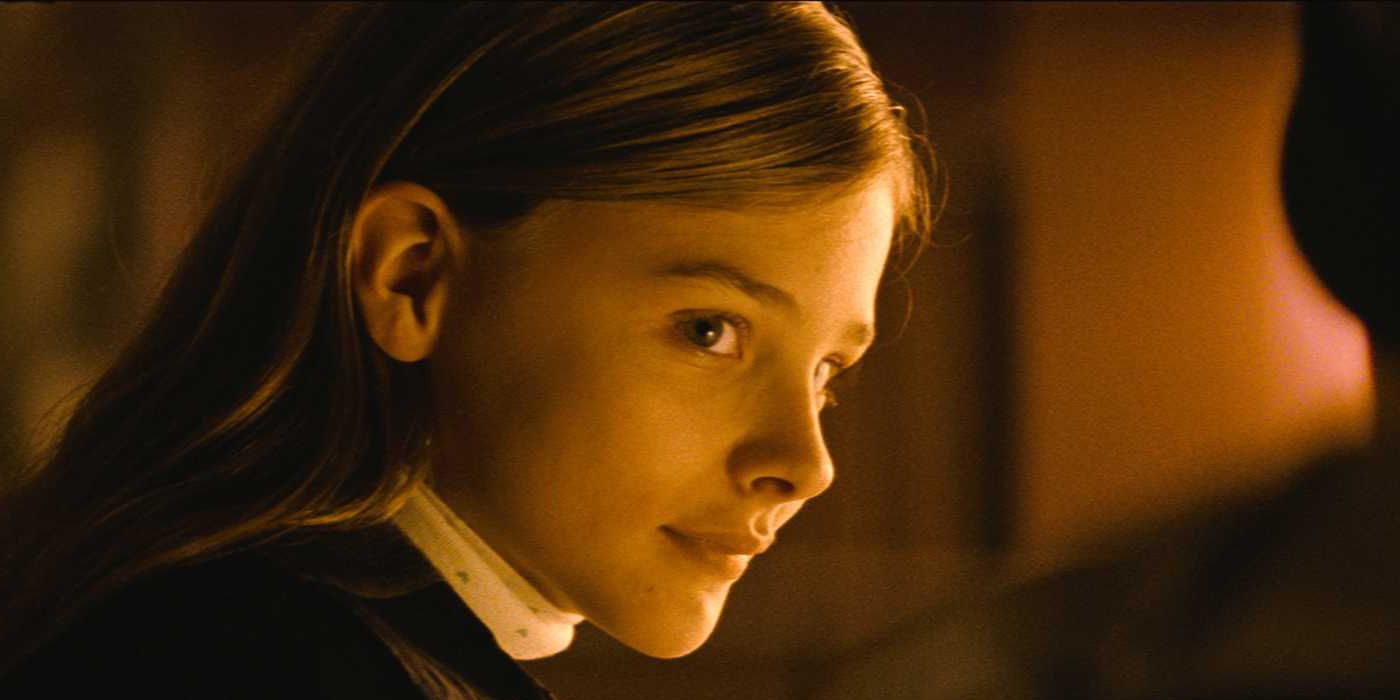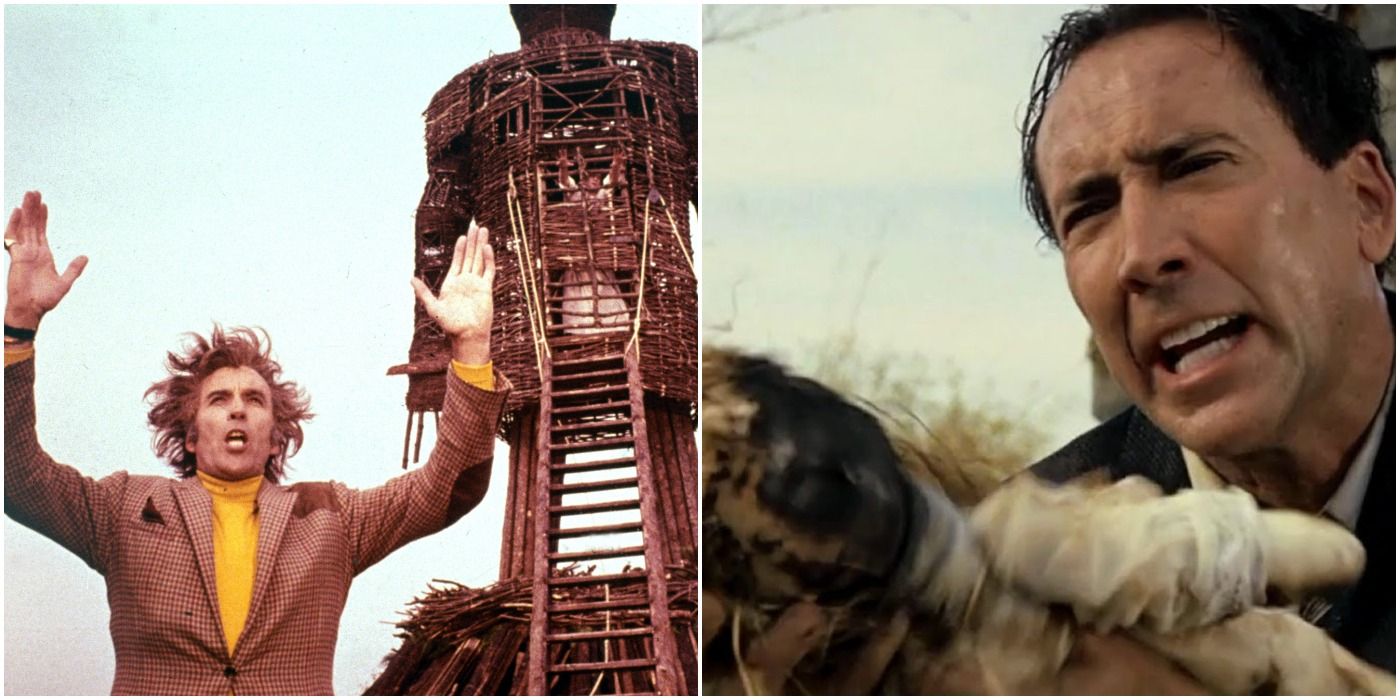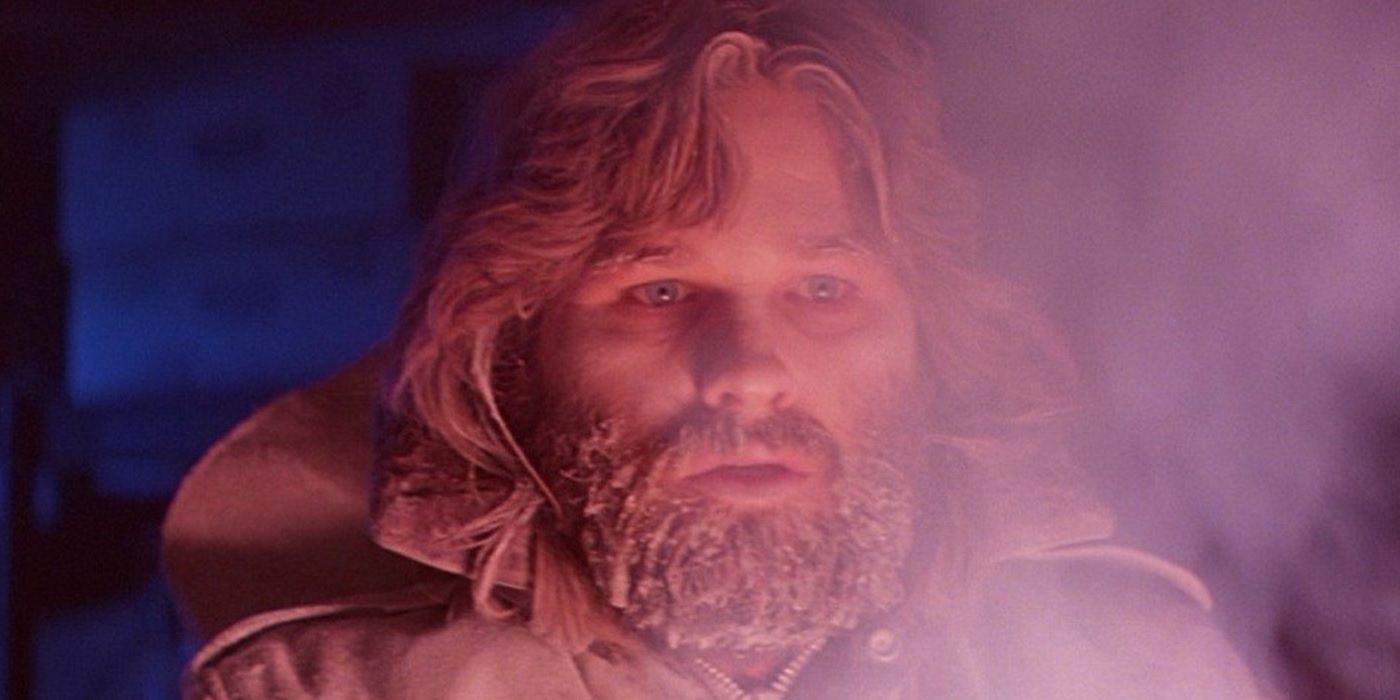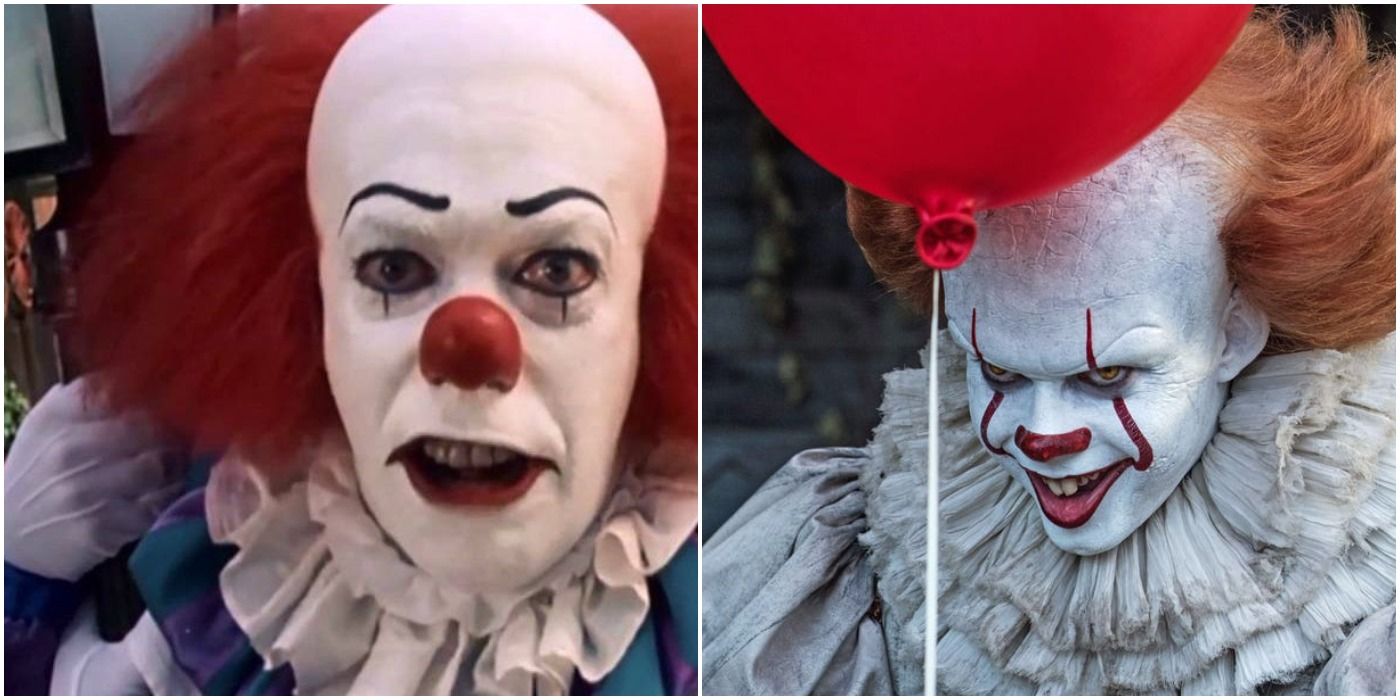A great deal of popular films are based on books, and when it comes to the horror genre, both can thrill and chill fans. However, the written word provides more details than live-action scenes can, and a reader's mind can imagine things even scarier than the monsters that appear on the big screen.
While the ten movies below are full of frightening moments, their printed source materials give and spook more, making them true classics. And just in time for the Halloween season, horror fans have all of these flicks to watch or rewatch and stories to read or re-read!
The Mist
The Mist is a Stephen King novella from 1980 that later appeared in King's short story collection Skeleton Crew. It is set in a small mist-covered town, where a man and his son must try and survive creatures that are in the mist, as well as other survivors who are trapped in a supermarket. The novella brings fright in a couple of ways, as there are unknown monsters in this thick mist and stressed-out and scared people doing whatever it takes to live.
In 2007, a film adaptation directed by Frank Daranbont starred Marcia Gay Harden, Toby Jones and several actors from The Walking Dead, including Melissa McBride, Laurie Holden, Jeffrey DeMunn and Juan Gabriel Pareja. While Daranbont's ending was darker than King’s, the novella and its open conclusion left more to the imagination.
The Woman In Black
The Woman in Black is a novel by Susan Hill from 1983, it is written with a Gothic style, and it focuses on a haunting in a small English town. In 2012, Daniel Radcliffe starred in The Woman in Black, which was set in England in the early 20th century.
Radcliffe played a widowed lawyer who discovered a vengeful ghost in a remote village. His performance -- along with the film’s cinematography, atmosphere and nod to classic Gothic horror stories -- was praised. However, this is another book that's scarier than its film adaptation, which was deemed safe and generic by modern horror standards.
Ju-On (AKA The Grudge)
The Grudge, which starred Sarah Michelle Gellar in 2004, was a remake of a Japanese film titled Ju-On: The Grudge from 2002. While critics enjoyed the direction and Gellar's performance, they were disappointed with the plot and the lack of scares. Still, this movie was followed by The Grudge 2, The Grudge 3 and a 2020 reboot in The Grudge.
Some of the most notable scenes include the crawling and the bathtub and while these are creepy, they can look a little strange and goofy. Luckily, there are written versions of these stories, allowing the spookiness to come off in a different (and even better!) way.
Ringu (AKA The Ring)
On a similar note, there is Ring, a Japanese novel by Koji Suzuki. Released in 1991, it is the first installment in a book series that had various movies and TV shows. For instance, in 2002, there was Gore Verbinski's The Ring, which featured Naomi Watts as a journalist who found a videotape that killed people seven days after they watched it.
After that, The Ring Two and Rings came out. At least that's the case for the American remake series, since the Japanese series considerably has more entries. Both versions of Ring become modern horror classics, as no one could forget Sadako's haunting look and long hair. Still, reading about Sadako's urban legend is scarier than just watching it.
Scary Stories To Tell In The Dark
For many children, Scary Stories to Tell in the Dark was a staple of both best-seller lists and their nightmares. These collections of short stories are are best known for being inspired by folklore and urban legends that are accompanied by iconic charcoal and ink artwork.
In 2019, a film adaptation was released, and many were anxious to see these tales come to life on the big screen. However, Keith Uhlich of The Hollywood Reporter said it best: It was a “lackluster adaptation" straining and failing at relevance.
Rosemary's Baby
Written by Ira Levin, Rosemary's Baby came out in 1967. It was only Levin’s second book to be published, yet it was the bestselling horror novel of the decade and led to a boom in the genre. In 1997, he wrote a sequel, Son of Rosemary, which he dedicated to Mia Farrow.
Farrow starred in Rosemary's Baby in 1968, portraying a pregnant woman who thinks a cult wants to use her baby in rituals. The movie received universal acclaim, won awards and was selected for preservation in the National Film Registry. There is just something more about the book, which is considerably more harrowing than the already frightening film. If there are Rosemary's Baby fans who have not read Levin’s work, go do so now.
Let The Right One In (AKA Let Me In)
In 2004, John Ajvide Lindqvist published Let the Right One In, which centers around a young boy and a vampire child. While vampire stories are always popular, this one also includes themes such as existential anxiety, isolation, alcoholism and murder, and it became a bestseller in Sweden.
In 2008, a Swedish film adaptation, Let the Right One In, was released, and it won a variety of awards. In 2010, an English adaptation, Let Me In featuring Chloë Grace Moretz was celebrated for staying true to the original story. If these flicks did that well, just imagine how good the novel is.
Ritual (AKA The Wicker Man)
Ritual, by British actor and author David Pinner, came out in 1967, telling the story of a Christian police officer who investigates a ritualistic child murder in a rural village. What follows are lies, seduction and ancient religious practices.
In 1973, a British folk horror film titled The Wicker Man was released, and it also focused on a Christian police sergeant, an isolated location, an investigation and a strange discovery about religious practices. This film won awards, but in 2006, another version came out; starring Nicolas Cage, this remake received negative reviews and is more of a punchline than anything. For obvious reasons, Ritual is better than the remake but it does make for a great companion to the original 1973 adaptation.
Who Goes There? (AKA The Thing)
John W. Campbell, Jr. wrote Who Goes There? under the pen name Don A. Stuart, and this novella was released in 1938. In 1973, the Science Fiction Writers of America called it one of the most influential, important and memorable pieces of science fiction of all time. A movie based on this impactful story is John Carpenter's The Thing from 1982, itself a remake of the 1951 adaptation The Thing From Another World.
It centered around a group of researchers in Antarctica and a thing that could take on the form of other organisms. These characters were scared of this parasitic extraterrestrial lifeform and of each other, as anyone could have been The Thing. Despite how exciting that sounds, The Thing was negatively received and reviewed in its initial release, being called “instant junk” and possibly the most-hated film ever by Cinefantastique. While The Thing has since been vindicated by time, Who Goes There? didn't need the benefit of hindsight to prove its worth.
It
It is a Stephen King novel from 1986, centering on seven children being terrorized by an entity that can take the form of fears and that usually appears as Pennywise the Dancing Clown. Like many King stories, It focuses on trauma that follows a person from childhood to adulthood and overcoming evil. It won the British Fantasy Award and was the best-selling hardcover fiction book in 1986.
A two-part miniseries aired in 1990, and it was ABC's biggest success of the year; it also won awards and Tim Curry's portrayal of Pennywise has gone down in history. It was later remade into a theatrical two-parter with It Chapter On (2017) and It Chapter Two (2019). The first part became the fifth-highest-grossing R-rated movie ever and is considered to be one of the best King adaptations out there. Both incarnations of It are fan favorites, but the novel has 1,138 pages, each full of intense details on The Losers Club, the evil entity, and so much more.

